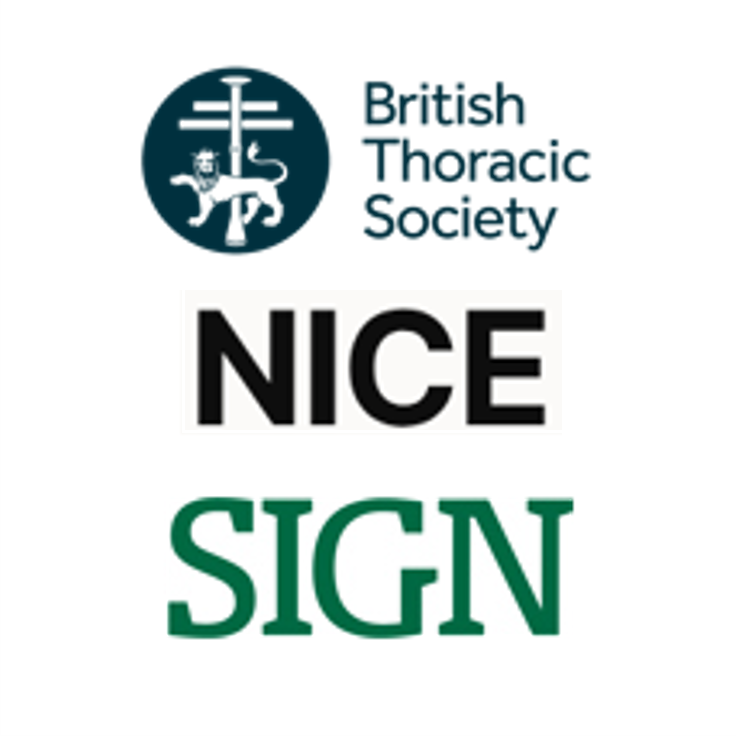Why the committee made the recommendations
The studies featured differing ways of attempting to improve asthma care for people judged to be at high risk of adverse outcomes. Therefore, firm conclusions on the overall benefits were hard to reach. In addition, the factors used to identify the high-risk population were not identical across the different studies. The committee therefore were unable to define precisely how to identify people at risk, although they agreed that poor prescription pick-up rates, overuse of SABA inhalers and previous exacerbations needing unscheduled medical care are very likely to be relevant.
Most of the studies showed some reduction in A&E attendance or hospitalisation after risk stratification. The committee particularly noted 2 UK studies in which at-risk patients were identified by alerts on GP computer systems. These indicated that risk-stratified care helped healthcare professionals to better identify people who needed a course of oral steroids. This then successfully reduced the number of hospitalisations and the need for out-of-hours contacts and A&E attendance for asthma exacerbations. An associated health economic review showed that risk stratification is likely to be cost-effective.
Based on this evidence and their clinical experience, the committee agreed there should be a benefit in identifying people ‘at risk’ of poor asthma outcomes and recommended that primary care services should consider introducing a risk-stratification system which then allows care to be adjusted according to the greater needs of some people.
How the recommendation might affect practice
Many general practices have some form of alert system in operation already, but others do not. For those, the recommendation will result in a change in practice. The committee were uncertain how many different systems are in current use, but in the absence of comparative data, they could not recommend that some practices would need to change from their current system.
Full details of the evidence and the committee’s discussion are in evidence review O: risk stratified care for people with asthma.
